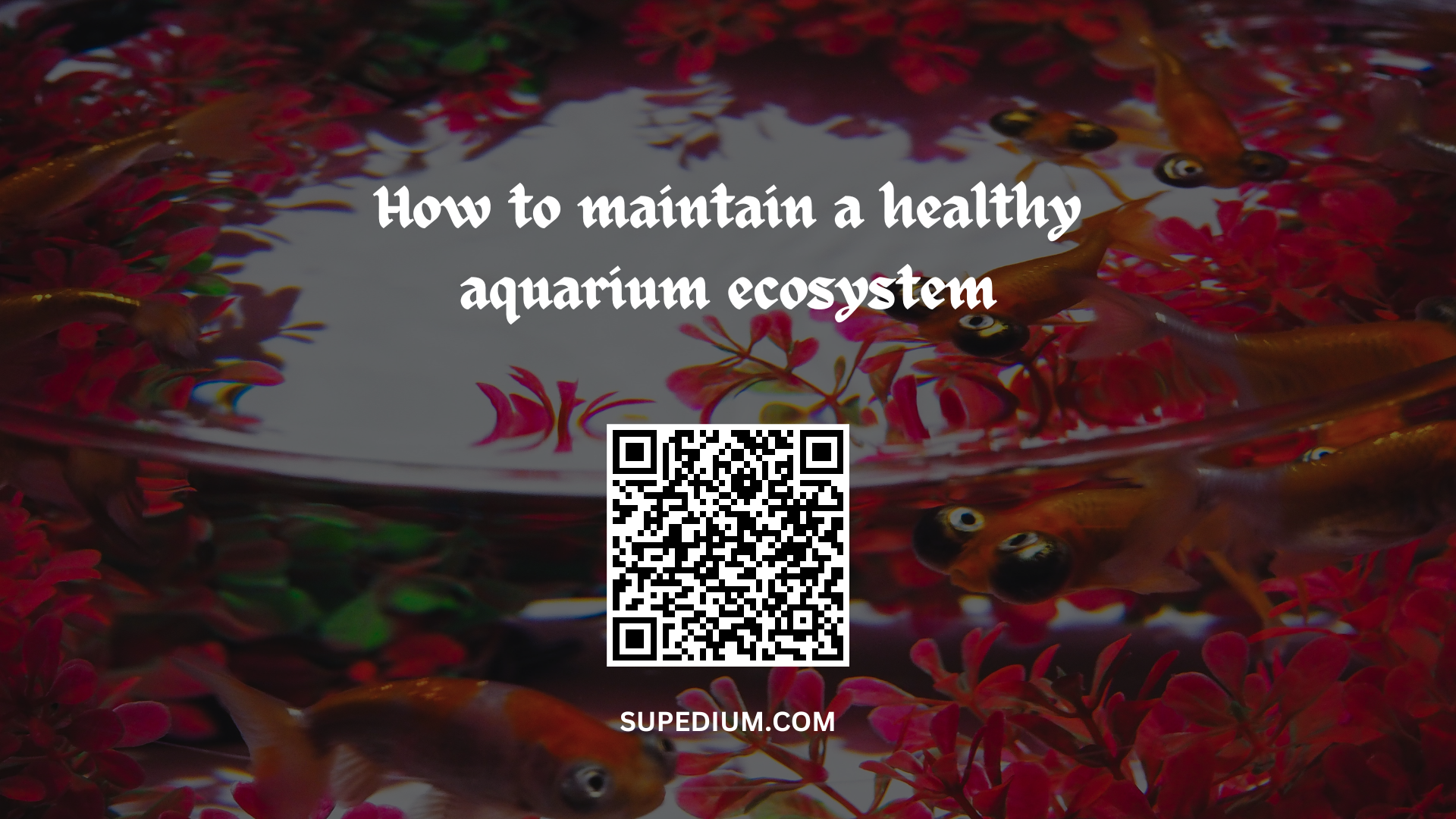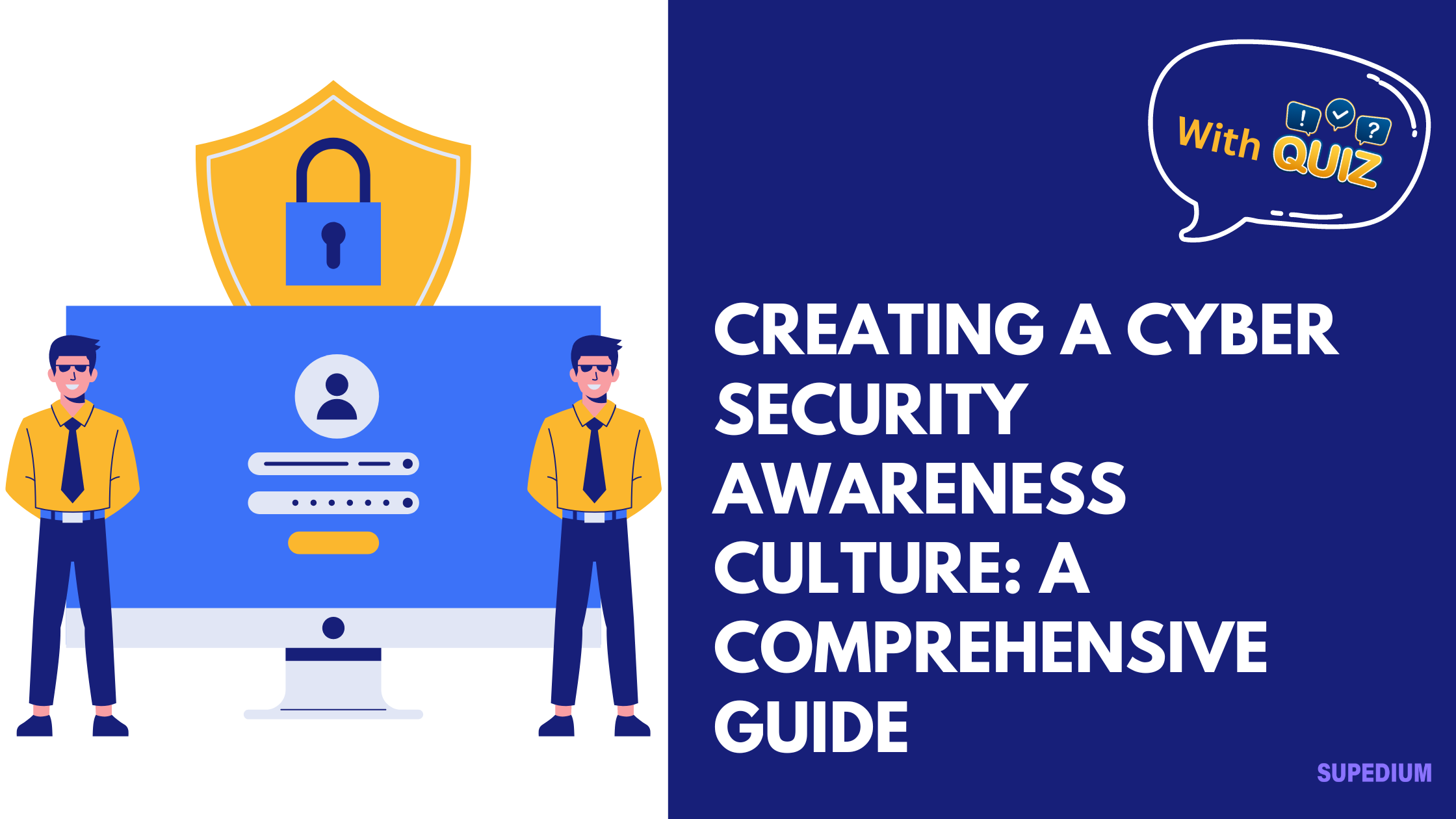Table of Contents
![]()
Aquariums are a great way to bring a small piece of the ocean into your home. They offer a unique and fascinating insight into the aquatic world, providing a home for a variety of fish, plants, and other aquatic creatures. But maintaining a healthy aquarium ecosystem requires a lot of time, effort, and attention to detail.
In this essay, we will explore some of the key steps you can take to maintain a healthy and thriving aquarium ecosystem.
Establish a healthy nitrogen cycle
The nitrogen cycle is an essential part of maintaining a healthy aquarium ecosystem. It is the process by which fish waste and other organic matter are broken down into nitrogen compounds that can be used by plants and other organisms in the aquarium. The first step in the nitrogen cycle is the addition of fish to the aquarium. Fish excrete waste in the form of ammonia, which is toxic to fish and other aquatic life. Ammonia is then converted to nitrite and then to nitrate by a group of bacteria. Nitrate is much less toxic than ammonia or nitrite and can be used by plants and other organisms in the aquarium as a source of nitrogen.
To establish a healthy nitrogen cycle, you should cycle your aquarium before adding fish. This involves adding a source of ammonia, such as fish food or pure ammonia, to the aquarium and allowing the nitrogen cycle to establish itself before adding fish. This can take several weeks to several months, depending on the size of the aquarium and the amount of ammonia added.
Maintain water quality
Maintaining water quality is another essential part of keeping a healthy aquarium ecosystem. This includes monitoring water temperature, pH levels, and water hardness, as well as testing for ammonia, nitrite, and nitrate levels. You should also perform regular water changes to remove excess nitrogen compounds and other waste products from the aquarium.
It is also important to keep the aquarium clean. This includes cleaning the gravel and other decorations in the aquarium, removing any dead plant matter or uneaten food, and regularly changing the filter media.
Choose the right fish and plants
Choosing the right fish and plants for your aquarium is crucial to maintaining a healthy ecosystem. You should research the needs and requirements of each species of fish and plant and ensure that they are compatible with each other. Some fish may require specific water conditions, such as pH or temperature, while others may be more tolerant of a range of conditions.
It is also important to avoid overstocking your aquarium. Too many fish can lead to excess waste products, which can cause problems with water quality and the nitrogen cycle. You should also avoid keeping aggressive or territorial fish together, as this can lead to stress and injury.
Provide adequate lighting and filtration
Providing adequate lighting and filtration is essential for maintaining a healthy aquarium ecosystem. Most aquarium plants require a certain amount of light to grow and thrive, so you should choose a lighting system that meets their needs. You should also ensure that the aquarium has adequate filtration to remove waste products and other contaminants from the water.
Feed your fish a balanced diet
Feeding your fish a balanced diet is important for their health and well-being. You should choose a high-quality fish food that provides all of the essential nutrients that your fish need. Overfeeding can lead to excess waste products and can also cause health problems for your fish.
In conclusion, maintaining a healthy aquarium ecosystem requires careful attention to detail and regular maintenance. You should establish a healthy nitrogen cycle, maintain water quality, choose the right fish and plants, provide adequate lighting and filtration, and feed your fish a balanced diet. With these steps, you can create a thriving and beautiful aquarium that provides a unique and fascinating insight into the underwater world.
Test Your Understanding ✍️






Be the first to comment